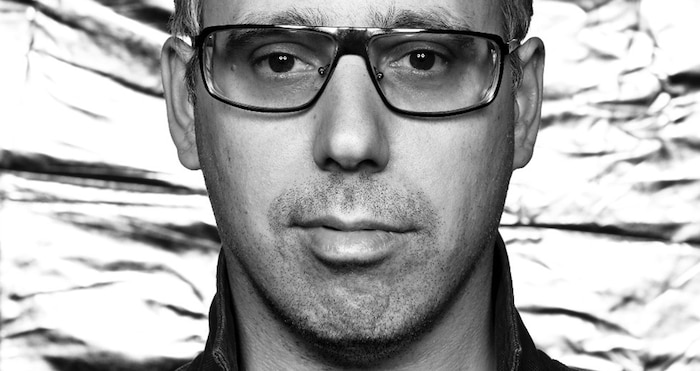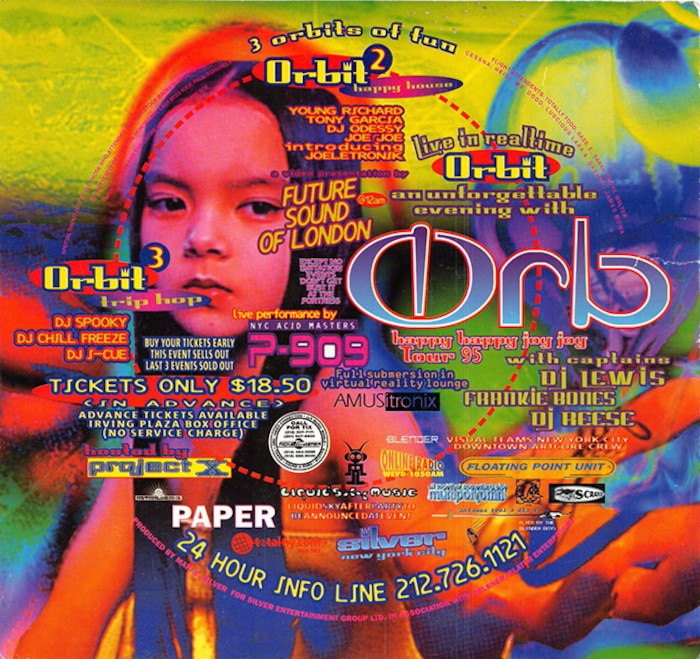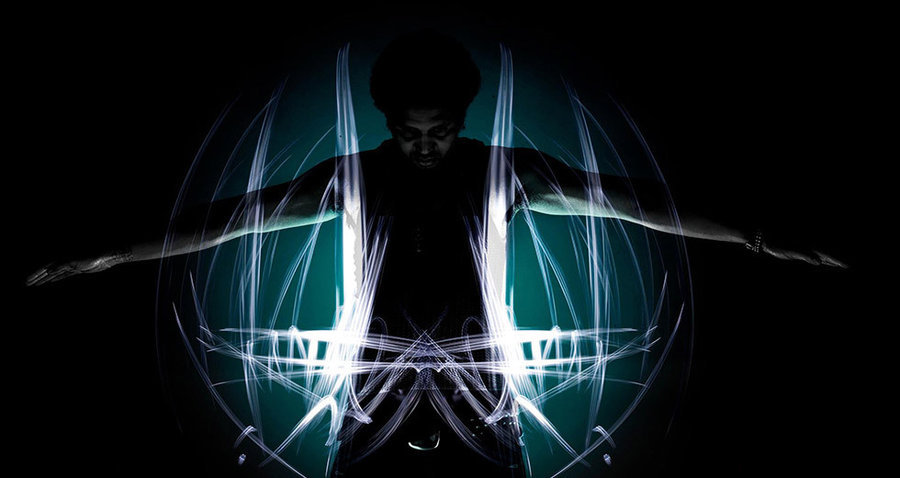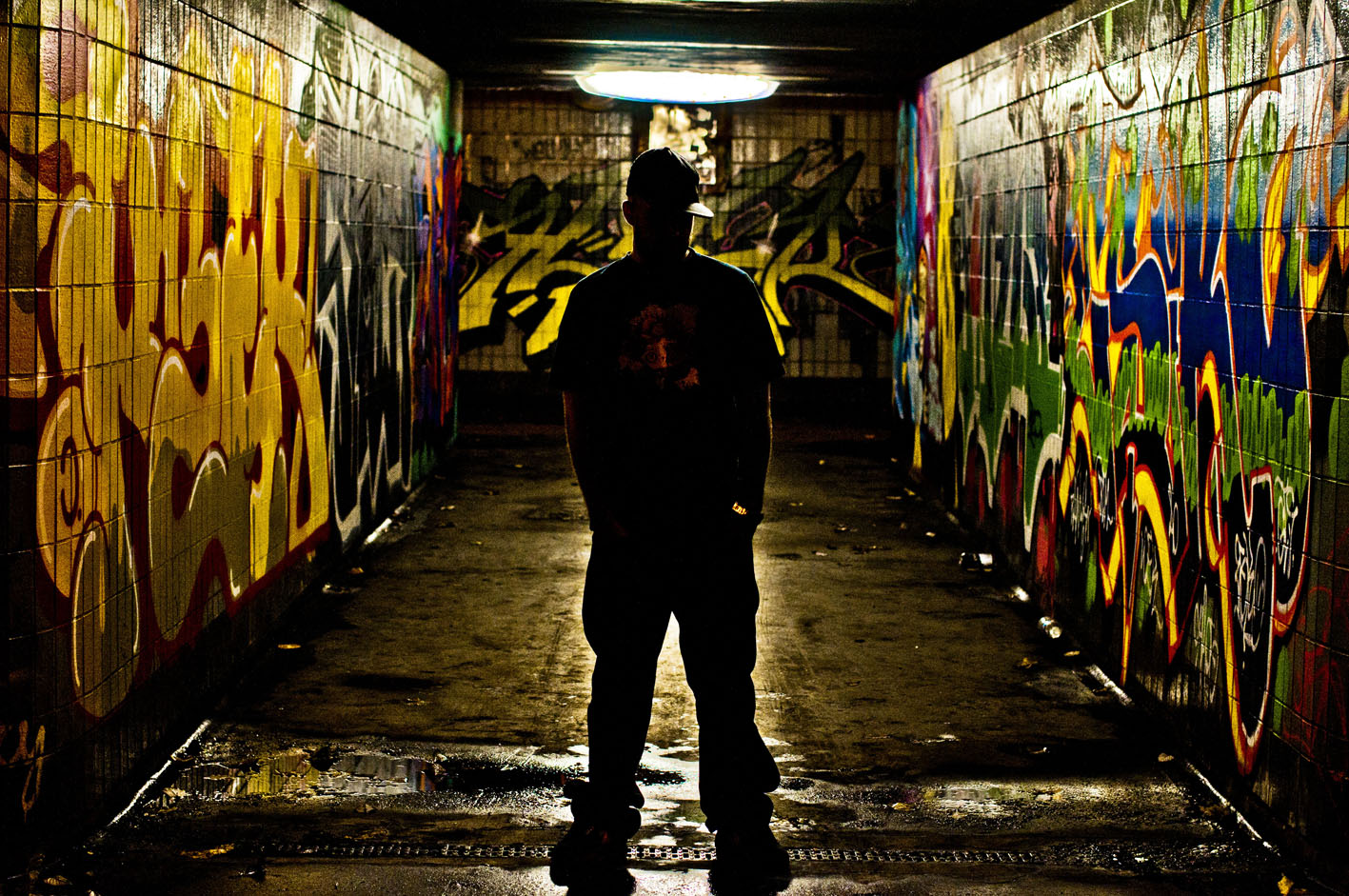Interview: Matt E. Silver on Illbient, NYC Nightlife and the Biggest Bong in the World
Laurent Fintoni chats with the outspoken promoter about the ’90s in New York.

The story of New York City nightlife in the ’90s can be framed between the twin tales of America’s first rave revolution, with the music and culture emanating from the UK’s second summer of love hitting the country in the first half of the decade, and the rise of Peter Gatien’s nightclub empire, which included the industrial-meets-techno of The Limelight and the multi-room extravaganza of The Tunnel and earned the eye-patch wearing Canadian the nickname “King of New York Clubs.”
Rave music adapted to New York City by taking on a shape shifting quality: there was Frankie Bones and his Storm Rave in deep Brooklyn; DJ Keoki “evangelising early techno records” at The Limelight; Brazil’s DJ Soul Slinger fostering a haven for early junglists with his Liquid Sky record label, shop and design company; and the largely undocumented early ’90s Brooklyn Immersionists events followed by the “downtown meets electronics, hip hop and noise” of the illbient movement and its chill-out room experimentalism.
Matt E. Silver was an early dance music and rave enthusiast who became one of the city’s most notable rave promoters in the ’90s. He carved himself a space on the New York scene, and beyond, organizing regular events and North American tours for the likes of The Orb, The Chemical Brothers and The Prodigy as well as putting on the 1994 rave version of Woodstock, Ravestock. It was through this work that he also began working closely with various members of the then emerging illbient scene, using them to help create a unique vibe for his events.
What follows is excerpts from an interview with Silver, conducted as part of an oral history of illbient. From learning the ropes at Studio 54 to hiding human-sized bongs in plain sight and procuring all the necessary permits to conduct a rave in Manhattan, what follows is an illuminating insight into the brutal and entertaining world of New York City rave culture in the last decade of the millennium.

The Orb show
Where it all came together was my 1993 The Orb show. That was the beginning of the musical journey of bringing all that together. When I was doing the Orb in ’93 I was like, “it’s about the event, it’s not about the band,” but people were laughing me off. I was just going for the vibe and the venue. “If you build it, the kids will come” was my approach.
When The Orb played New York before, they played to 300 people. Out of those, they’d sold 150 tickets and the rest were bought by the record company. So technically they were worth 150 tickets in New York. I booked a venue for 3,400 people. Everyone thought I was out of my mind. What I loved about The Orb is that they spent money on production. Not many other electronic groups spent money on production. No one really invests in production, to this day. I was a bartender at Studio 54, so my view on dance music was production. That’s my inspiration to this day. Everyone laughing, dancing. They made it an event, they made it a party.
I ended up having like 13 different art crews, DJs in the bathroom, the basement, anywhere.
My deal for New York was that I didn’t make any money unless we sold out. And, again, everyone laughed. I was figuring out how to afford production for the show. “How am I gonna make this look like an event?” I was sharing offices with Big Life back then, funnily enough, and then I got introduced to the Lalalandia guys. Gregor came to my office, with a guy called Jeff and another two whose names I forget. I played them The Orb CD and their eyes bugged out. “This is us! This is us! We have to do this!” I told them I had 500 bucks for them to do visuals for the party and they agreed. Right at that moment is really when it started, the pre-illbient days. I don’t think they were aware of the music before then.
They came in and did this huge fucking installation, this water thing, it really worked, too. I ended up selling out Roseland. At the same time, The Orb were renegotiating their record deal and they were supposed to sign it right before the show. They declined, saying they were worth 3,400 tickets. I basically got them a better deal. At the show, I ended up having like 13 different art crews, DJs in the bathroom, the basement, anywhere. I made it a trip. I had ten buses coming from four, five different states. I was stacking the deck. From Ohio, Jersey, Connecticut, upstate, Canada. I called it The Journey.
Lalalandia and Josh Harris
The guys at Lalalandia were crazy. Mariano [Airaldi] and Gabrielle [Latessa Ortiz]. They were doing these dinner parties where Gabriele was laminating squid. It was fucking disgusting… That started happening and they invited me, and I was very grateful they’d done this for me. From there on they were part of my team, they did all my gigs. I also started doing parties with a company called Pseudo, and this guy named Josh Harris. He was trying to be Andy Warhol, they made a movie about him called We Live In Public. He had this huge loft on Broadway and I introduced him to all the Lalalandia guys. He was out of his mind.
DJ Spooky
From there I ended up meeting Spooky. Paul initially came to do an interview for Wired. I think it was ’94. They quoted us in the mag and Spooky dropped some science like, “Give me two records I’ll make you a universe.” [laughs] I was like, “This guy is good.” Paul was a great self promoter. I didn’t agree with his DJing, but I always respected him because he was always trying something different. He was pushing it. He cleared my dancefloor a bunch of times, I gotta tell ya.
The first party
Louie begged me to put Kenny Dope on. I was like, “Who’s this guy?”
I never really considered myself a promoter. I was just trying to make something happen. What made me a promoter was the first rave I did in Manhattan. I got fucked really bad. 1991. First rave in Manhattan. All gangsters, these guys trying to break my legs. The Limelight fucked me over. You couldn’t imagine a worse event. I had them lined up at the end of the night to fuck me up. There was a line.
The only one who stood by me was “Little” Louie Vega. And Todd Terry… He used to call me up from the studio, “Yo Matty, this techno?” [laughs] I’m like, “Todd, is this 1-800-Techno? Todd, you were techno before it was techno. Relax, it’s techno, Todd. Can you come down to this party?” I had Lenny Dee and Lil Louie. Louie begged me to put Kenny Dope on. I was like, “Who’s this guy?” Anyway, I basically ended up doing parties to pay back the money I lost on that party. That’s why, at the same time, I was trying to make a scene. I’d have never wanted to do it, but I had to. I really thought this thing would be big.
The biggest bong in the world
At all my parties I had these huge gravity bongs built. Huge, garbage can-sized. When I did Woodstock in ’94 I built the largest bong in the world. It took two people to lift it. It was so big I didn’t know where to put it. All the cops in ’94, it was driving me crazy. So I put it in the middle of the backstage area. It was so big I thought no one would know what the fuck it was.

Thriller
Electronic-wise, I did a party called Thriller, which is when I introduced Grand Wizard Theodore to dance music culture. It was really funny. We did it in a warehouse. I had every city agency coming after me. I had seven agencies gunning for me. I knew they were coming because everyone was ratting me out. I was on top. The shit thing about being on top is that people want to knock you down. Death threats and that shit. People are jealous, they hate.
I got my permits because I said I was doing a Bar Mitzvah with occasional dancing.
I had a bong built to resemble the WTC. Two garbage cans together. I called the party Thriller because it the warehouse was factory for floats and there was a 50 foot picture of Michael Jackson in there. I got my permits because I said I was doing a Bar Mitzvah with occasional dancing. It was across the street from Sound Factory. I did two rooms, did up the bathrooms, got 56 permits to make it happen. I got every single piece of paper possibly needed. By 1 AM nothing had happened, so I was like, “Let me try out the bong.” Took a hit and opened the door to people screaming, “It’s a raid!” Huge hit and then I was at the front door. Searchlights, video cameras. Parking Bureau, Fire Department, Buildings Department inspectors, Sanitation Department, Social Club Task Force. From all sides. Coming in the party and I’m high trying to talk to them.
They’re asking for all these permits. So I got everyone together, rounded up the guards, found the permits. I remember everyone staring at me, and the head of the Social Club Task Force goes, “Congratulations, you’re the first guy ever to get all the permits needed to do this.” And then he was like, “You got a lot of enemies.” All of a sudden, it was like I won the Olympics. They said, “be careful,” and left.
Everyone ended up working for Peter [Gatien] sooner or later.
I learned from the Brits to play the city at their own game, so I got every permit. All the shit they asked for is for everybody’s safety. The wheelchair porta-pottie I coulda done without though. I was golden with the Task Force after that. There were still some events happening, until the whole thing with The Limelight and drugs. I was doing parties there after a while too. Everyone ended up working for Peter [Gatien] sooner or later.
Back to the point, Theodore brought all these dudes, and they were watching all these white kids go crazy. It was funny to witness. I tracked down Theodore from a radio show I’d heard. I had him, Caz and Kool Herc open up for The Chemical Brothers, too. I taped Herc and Caz MCing and gave it to the Chemical Brothers as a present. If you listen to the track “Elektrobank,” that’s Kool Herc’s voice from my show. I wasn’t booking for numbers. I wanted to show the Chemical Brothers and the crowd were it came from.

